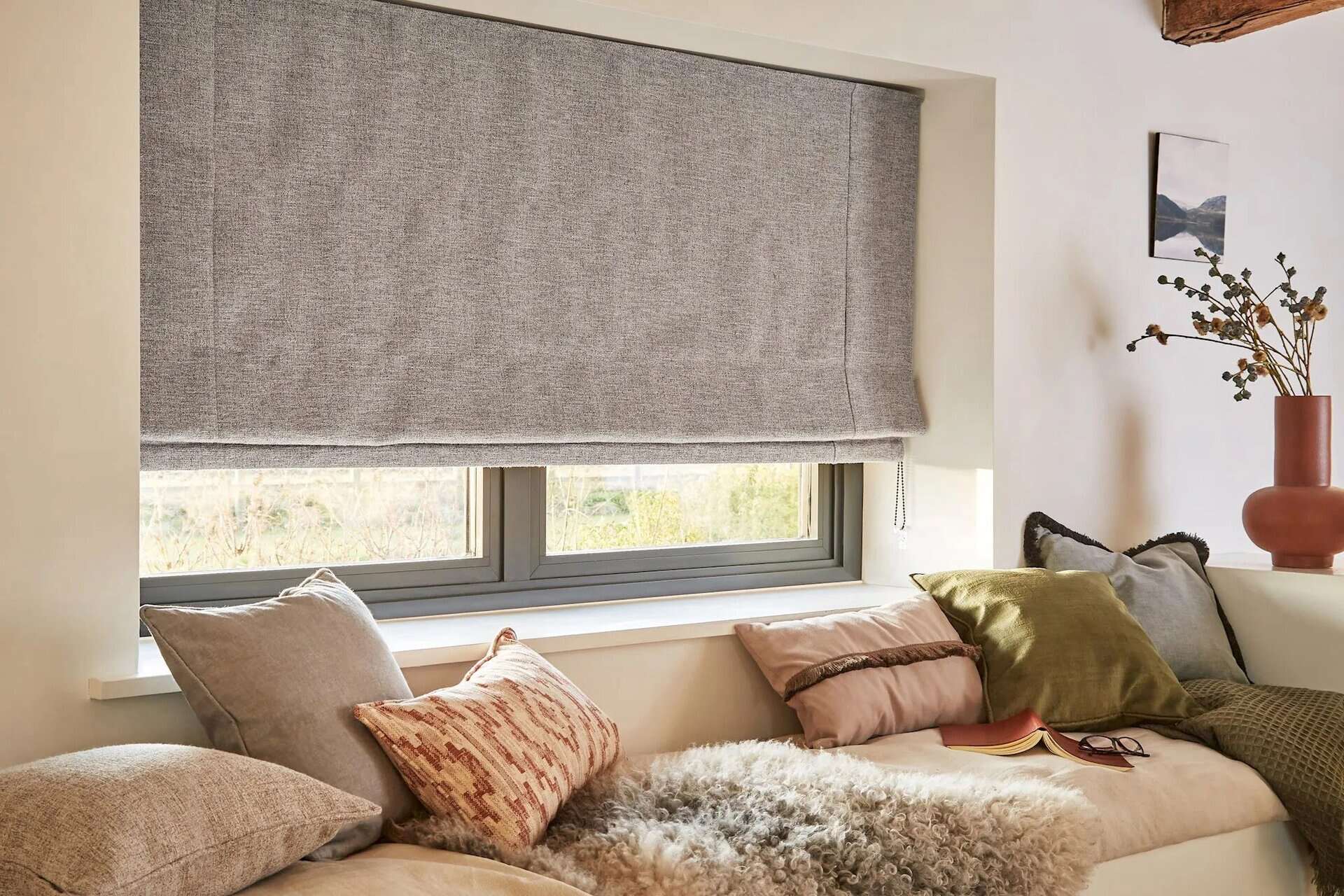

Articles
What Are Roman Blinds
Modified: February 24, 2024
Discover the benefits and versatility of Roman blinds with our informative articles. Explore different styles, materials, and installation tips to enhance your home decor.
(Many of the links in this article redirect to a specific reviewed product. Your purchase of these products through affiliate links helps to generate commission for Storables.com, at no extra cost. Learn more)
Introduction
Roman blinds are a popular and stylish window covering option that can enhance the aesthetic appeal and functionality of any space. These versatile window treatments offer a unique blend of elegance, simplicity, and functionality, making them a popular choice among homeowners and interior decorators alike. In this article, we will explore the concept of Roman blinds, their history, types, how they work, benefits, considerations before purchasing, and maintenance tips. Whether you are looking to upgrade your home’s interior or simply want to learn more about this timeless window treatment, this article will provide you with all the information you need.
Key Takeaways:
- Roman blinds are a versatile and elegant window covering option that offers both style and functionality, providing timeless elegance, excellent light control, and privacy while contributing to energy efficiency and offering a wide range of customization options.
- Understanding the history, types, operation, benefits, and maintenance tips of Roman blinds can help homeowners make an informed decision when selecting these window treatments, ensuring they find the perfect match for their needs and interior design preferences.
Read more: How To Measure For Roman Blinds
Definition of Roman Blinds
Roman blinds, also known as Roman shades, are a type of window covering that consist of a single piece of fabric that folds up neatly when raised and lies flat when lowered. They are designed to block out sunlight, provide privacy, and add a touch of sophistication to any room. Roman blinds are typically made of soft fabrics, such as cotton, linen, or silk, although there are also options available in synthetic materials for added durability and moisture resistance.
One of the distinguishing features of Roman blinds is their unique folding mechanism. Unlike traditional blinds or curtains, Roman blinds are lifted and lowered using a series of cords or chains located on the side of the blind. When raised, the fabric folds accordion-style, creating a smooth and uniform appearance. When lowered, the fabric lies flat against the window, providing complete coverage and privacy.
Roman blinds come in a variety of styles and designs, allowing homeowners to find the perfect fit for their aesthetic preferences and functional needs. From simple and minimalist designs to intricate patterns and textures, there is a Roman blind to suit every interior style.
These window treatments are highly versatile and can be installed in any room of the house, from the living room to the bedroom, kitchen, or even bathroom. They can be custom-made to fit any window size or shape, providing a tailored and polished look.
Overall, Roman blinds are an excellent choice for those seeking a blend of style, functionality, and versatility in their window coverings. They offer a timeless appeal that can complement any interior design while providing practical benefits such as light control and privacy.
History of Roman Blinds
The history of Roman blinds can be traced back to ancient Rome, where they were originally used to serve a practical purpose rather than as a decorative element. These early versions of Roman blinds were made of cloth and were hung at the windows to keep out dust, dirt, and direct sunlight.
During the Renaissance period, Roman blinds gained popularity in Europe as a luxurious and fashionable window covering option. The use of rich fabrics, such as velvet and silk, became prevalent, adding a touch of elegance to the interiors of aristocratic homes and palaces.
In the 18th century, the popularity of Roman blinds spread across Europe and reached its peak during the Victorian era. The advent of new manufacturing techniques allowed for the mass production of Roman blinds, making them more accessible to a wider audience. It was during this time that the folding mechanism that is characteristic of Roman blinds was developed, allowing the fabric to be raised and lowered effortlessly.
Throughout the 20th century, Roman blinds continued to evolve with changing design trends. The fabrics used became more diverse, ranging from natural fibers to synthetic materials. New innovations, such as the introduction of blackout lining and thermal insulation, made Roman blinds even more functional and versatile.
In recent years, Roman blinds have experienced a resurgence in popularity, thanks to their timeless appeal and ability to complement a wide range of interior styles. Modern advancements in manufacturing techniques and the availability of a vast array of fabrics and designs have made Roman blinds a popular choice for homeowners and interior designers alike.
Today, Roman blinds are not only considered a practical window covering but also a decorative piece that can enhance the overall ambiance of a room. With their clean lines, elegant folds, and customizable options, Roman blinds continue to be a popular choice for those seeking a classic yet contemporary window treatment.
Types of Roman Blinds
Roman blinds come in a variety of styles, each offering its own unique look and functionality. Understanding the different types of Roman blinds can help you choose the perfect option for your home. Here are some popular types:
- Classic Roman Blinds: Also known as flat Roman blinds, these are the most common type and have a clean and minimalistic look when fully lowered. The fabric lies flat without any visible folds, creating a sleek and sophisticated appearance.
- Hobbled Roman Blinds: Hobbled Roman blinds, also called soft fold or teardrop blinds, have overlapping folds that create a cascading effect when the blinds are lowered. This style adds a gentle texture and depth to the window covering, giving it a more traditional and luxurious look.
- Balloon Roman Blinds: Balloon Roman blinds are characterized by their billowing shape when raised. This type of blind creates a whimsical and romantic look, with the fabric forming gathered folds that resemble balloons. They add a touch of drama and elegance to any room.
- Tailored Roman Blinds: Tailored Roman blinds are known for their crisp, tailored appearance. They have horizontally stitched pleats or panels that create a neat and structured look, making them ideal for modern and contemporary interiors.
- Relaxed Roman Blinds: Relaxed Roman blinds have a casual and relaxed appearance. The fabric gently slopes downward when lowered, creating a soft and informal look. This type of blind is perfect for creating a laid-back vibe in any space.
- Sheer Roman Blinds: Sheer Roman blinds are made from lightweight and translucent fabric, allowing diffused light to enter the room while still providing privacy. They create a soft and airy look, ideal for spaces where privacy is important, but natural light is desired.
These are just a few examples of the many types of Roman blinds available on the market. Each type offers its own unique aesthetic and functionality, allowing you to choose the style that best suits your preferences and complements your interior design.
How Roman Blinds Work
Roman blinds have a unique mechanism that allows them to be raised and lowered with ease. Understanding how they work can help you appreciate their functionality. Here is a step-by-step explanation of how Roman blinds work:
- Mounting: Roman blinds are typically mounted within or above the window frame. They can also be mounted on the wall or the ceiling, depending on the desired aesthetic and functionality.
- Pulley System: Roman blinds use a pulley system that consists of cords or chains attached to the back of the blind. These cords or chains pass through rings or loops sewn into the back of the fabric at regular intervals.
- Raising the Blinds: To raise the blinds, gently pull on the cord or chain located on one side of the blinds. The cords or chains will start to pull the fabric upward, causing the folds to accordion-style fold as the blind raises. The blinds can be raised to the desired height to allow light into the room.
- Lowering the Blinds: To lower the blinds, simply release the cords or chains. The weight of the fabric will cause it to unfold and lie flat against the window. The blinds can be lowered partially or completely to block out light and provide privacy.
- Securing the Blinds: Once the blinds are lowered, they can be secured in place using a cleat or a cord tension device. This prevents the blinds from accidentally raising or falling down when not in use.
Roman blinds offer easy and precise control over the amount of light and privacy in a room. They can be adjusted to allow diffused light to filter through, provide complete darkening, or even partially cover the window for a decorative effect.
It’s worth noting that recent advancements in technology have introduced motorized Roman blinds, where a motor is attached to the mechanism, allowing for remote-controlled operation. This adds another level of convenience and flexibility to the functionality of Roman blinds.
In summary, the pulley system and fabric folding mechanism of Roman blinds provide a seamless and efficient way to control the amount of light and privacy in a room. They offer a versatile window covering option that is not only functional but also aesthetically pleasing.
When measuring for Roman blinds, always add at least 10cm to the width and 15cm to the length to ensure proper coverage and a neat finish.
Read more: How To Make Roman Blinds
Benefits of Roman Blinds
Roman blinds offer numerous benefits that make them a popular choice for homeowners. Whether you are looking to enhance the aesthetic appeal of your space or improve the functionality of your windows, Roman blinds have got you covered. Here are some of the key benefits of choosing Roman blinds:
- Timeless Elegance: Roman blinds have a classic and timeless look that can elevate the style of any room. Their clean lines and sophisticated folds add a touch of elegance and refinement to the windows, creating a polished and finished look.
- Light Control: Roman blinds provide excellent light control options. When fully lowered, they can block out a significant amount of light, creating a dark and cozy atmosphere. When partially raised, they allow diffused light to enter the room, creating a soft and inviting ambiance.
- Privacy: Roman blinds offer privacy and protection from prying eyes. When fully lowered, they create a solid barrier that prevents outsiders from seeing into your home, allowing you to maintain your privacy without compromising on style.
- Energy Efficiency: Roman blinds can contribute to energy efficiency in your home. By blocking out sunlight in the summer, they help to reduce heat gain and keep the interior cool. In the winter, they can provide insulation, preventing heat loss and reducing energy consumption.
- Space-Saving: Unlike curtains, Roman blinds do not take up much space, making them ideal for rooms with limited space or where a minimalist look is desired. When fully raised, they neatly stack at the top of the window, allowing for maximum visibility and an unobstructed view.
- Customization Options: Roman blinds offer endless customization options. They are available in a wide range of fabrics, colors, patterns, and textures, allowing you to find the perfect match for your interior design. They can also be made to measure, ensuring a precise fit for your windows.
- Easy Maintenance: Roman blinds are relatively easy to maintain. Most fabric options can be spot-cleaned or gently hand-washed. Regular dusting or vacuuming can help keep them clean and free from dust and allergens. Additionally, their smooth surfaces make it harder for dust to accumulate compared to traditional curtains.
With their combination of style, functionality, and practicality, Roman blinds offer a versatile and attractive window covering solution for any home or space. Whether you prefer a modern, minimalistic look or a more traditional and opulent style, Roman blinds can enhance the overall aesthetic while providing a range of benefits.
Considerations before Purchasing Roman Blinds
Before purchasing Roman blinds for your home, there are a few important considerations to keep in mind. Taking these factors into account will help ensure that you make an informed decision and choose the right blinds for your needs. Here are some key considerations:
- Window Measurements: Measure your windows accurately before purchasing Roman blinds. Make sure to measure both the width and height of the window frame or the area where the blinds will be installed. This will ensure that you get the right size of blinds that fit perfectly.
- Style and Aesthetic: Consider the overall style and aesthetic of your space. Roman blinds come in various designs, patterns, and colors. Choose a style and fabric that complements your decor and enhances the ambiance of the room. Whether you prefer a bold and vibrant pattern or a subtle and neutral fabric, make sure it matches your desired aesthetic.
- Light Control and Privacy: Think about the level of light control and privacy you need in the room. If you require maximum light control or complete blackout, consider selecting Roman blinds with a lining or additional light-blocking features. For rooms where privacy is a priority, opt for heavier fabrics or blinds with a privacy lining.
- Operational Mechanism: Consider the operational mechanism that suits your preferences. Traditional Roman blinds are operated manually using cords or chains. However, motorized options are also available for added convenience and ease of use. Motorized blinds allow you to raise or lower the blinds with the touch of a button or through remote control.
- Care and Maintenance: Consider the maintenance requirements of the Roman blinds you are considering. Some fabrics may be more prone to dust or stains and may require more frequent cleaning. Ensure that the maintenance routine fits well with your lifestyle and schedule.
- Budget: Set a budget for your Roman blinds purchase. The cost of Roman blinds can vary depending on factors such as fabric quality, customization options, and operational mechanism. Determine your budget and explore options that align with your financial constraints.
- Professional Installation: Consider whether you will install the Roman blinds yourself or hire a professional. Complex or large-scale installations may require professional assistance to ensure proper fit and functionality. However, if you have experience and feel comfortable with DIY projects, you may opt for self-installation.
By considering these factors, you can make an informed decision when purchasing Roman blinds for your home. Take the time to assess your needs, style preferences, and budget to ensure that you select blinds that not only enhance your space but also meet your practical requirements.
Maintenance and Care for Roman Blinds
Proper maintenance and care is essential to keep your Roman blinds looking their best and functioning smoothly for years to come. By following a few simple steps, you can ensure that your blinds remain clean, free from damage, and in optimum condition. Here are some maintenance and care tips for Roman blinds:
- Regular Dusting: Dust your Roman blinds regularly to prevent dust and debris from accumulating on the fabric. Use a soft brush attachment or a feather duster to gently remove any surface dust. Start from the top and work your way down, ensuring that you cover both the front and back of the blinds.
- Spot Cleaning: Attend to any spills or stains promptly. Use a clean, damp cloth or sponge to gently dab at the affected area. Avoid rubbing the fabric vigorously, as this can spread the stain or damage the fabric. Allow the fabric to air dry completely before lowering the blinds.
- Hand Washing: For fabrics that allow it, you may be able to hand wash your Roman blinds. Fill a large basin or bathtub with lukewarm water and a mild detergent. Gently agitate the blinds in the water, paying attention to any stained areas. Rinse thoroughly with clean water and hang the blinds to dry, making sure they are fully extended to prevent wrinkles.
- Professional Cleaning: Some Roman blinds may require professional cleaning. Check the manufacturer’s instructions or consult with a professional cleaner to determine the best cleaning method for your specific fabric. Professional cleaning can help tackle tough stains and maintain the quality of delicate or specialty fabrics.
- Maintenance of Mechanism: Check the cords, chains, and pulley system of your Roman blinds regularly to ensure smooth operation. If any cords are frayed or damaged, replace them immediately. Lubricate the pulley system occasionally with a silicone-based lubricant to prevent it from becoming stiff or jammed.
- Preventing Sun Damage: Prolonged exposure to direct sunlight can cause fading and damage to the fabric of your Roman blinds over time. Use window coverings or curtains to block out the harsh sunlight during the hottest parts of the day or consider using UV-blocking films on the windows to protect the fabric from UV rays.
- Child Safety: If you have young children or pets, ensure that the cords or chains of your Roman blinds are kept out of their reach. Install cord cleats or cord tensioners to secure the cords and prevent accidental entanglement. Alternatively, consider cordless or motorized options for added safety.
Taking the time to care for and maintain your Roman blinds regularly will help extend their lifespan and preserve their appearance. By following these simple steps, you can ensure that your blinds remain clean, functional, and visually appealing for years to come.
Conclusion
Roman blinds are a versatile and elegant window covering option that offers both style and functionality. Whether you are looking to enhance the aesthetic appeal of your space or control light and privacy, Roman blinds are a popular choice. By understanding their definition, history, types, operation, benefits, and maintenance tips, you can make an informed decision when selecting Roman blinds for your home.
Roman blinds have come a long way since their ancient origins, evolving into a timeless and sophisticated window treatment. From classic flat blinds to cascading hobbled blinds and relaxed options, there is a style to suit every taste and interior décor. The folding mechanism and versatile fabric options of Roman blinds allow you to control the amount of light and privacy in your space with ease.
There are numerous benefits to choosing Roman blinds for your home. They add a touch of elegance and refinement, offer excellent light control, provide privacy, contribute to energy efficiency, and are available in a wide range of customization options. Their easy maintenance and space-saving design make them a practical choice for both small and large spaces.
Before purchasing Roman blinds, consider factors such as window measurements, style, light control requirements, operational mechanism, care and maintenance, and budget. Taking the time to assess these considerations will help you find the perfect blinds that match your needs and complement your interior design.
Remember to maintain and care for your Roman blinds regularly to keep them in optimal condition. Dusting, spot cleaning, hand washing (where applicable), checking the mechanism, preventing sun damage, and prioritizing child safety are essential steps in ensuring the longevity and functionality of your blinds.
In conclusion, Roman blinds offer a winning combination of style, versatility, and functionality. With their timeless appeal and range of benefits, they are an excellent choice for any home. Whether you prefer a classic or contemporary look, Roman blinds can transform your windows into a focal point while providing light control and privacy. Embrace the elegance and practicality of Roman blinds to enhance the aesthetics and functionality of your living space.
Frequently Asked Questions about What Are Roman Blinds
Was this page helpful?
At Storables.com, we guarantee accurate and reliable information. Our content, validated by Expert Board Contributors, is crafted following stringent Editorial Policies. We're committed to providing you with well-researched, expert-backed insights for all your informational needs.
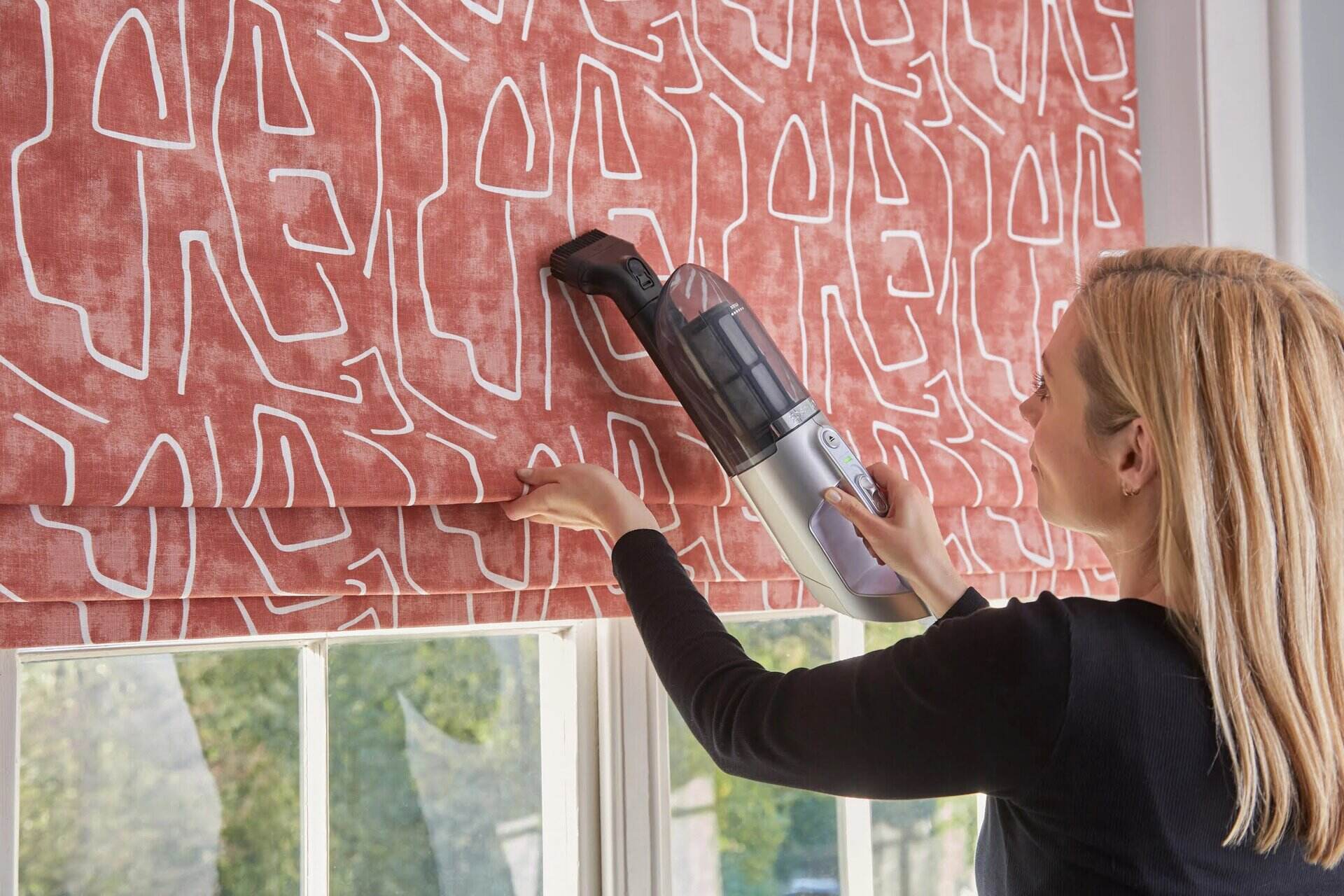
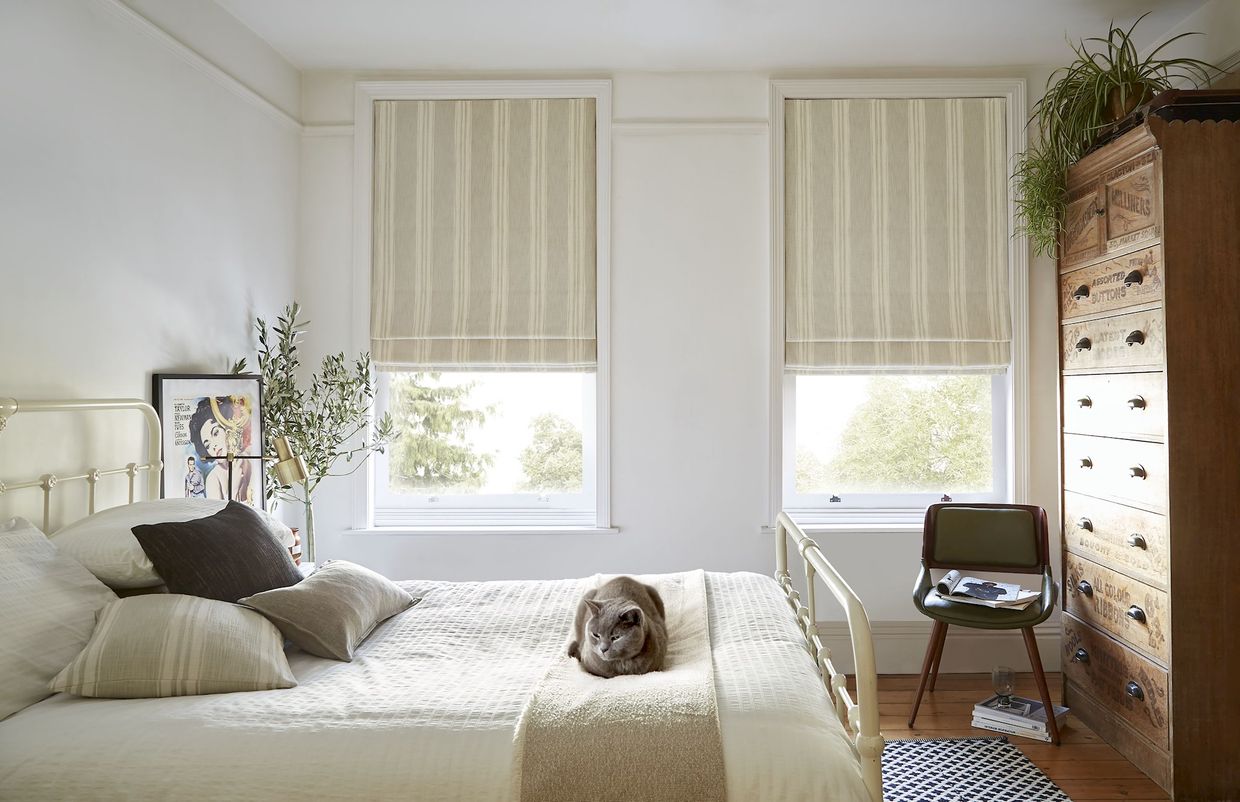
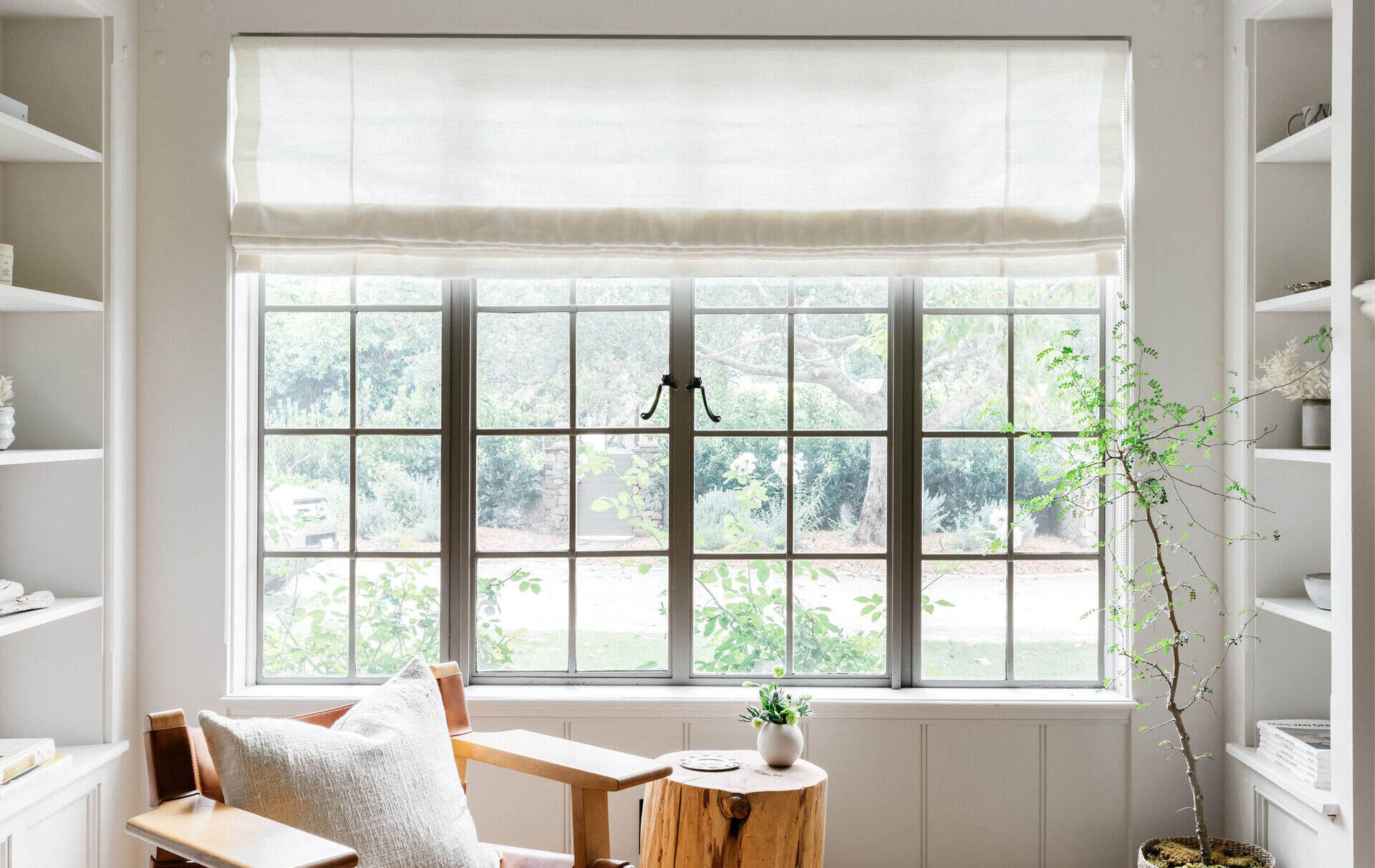
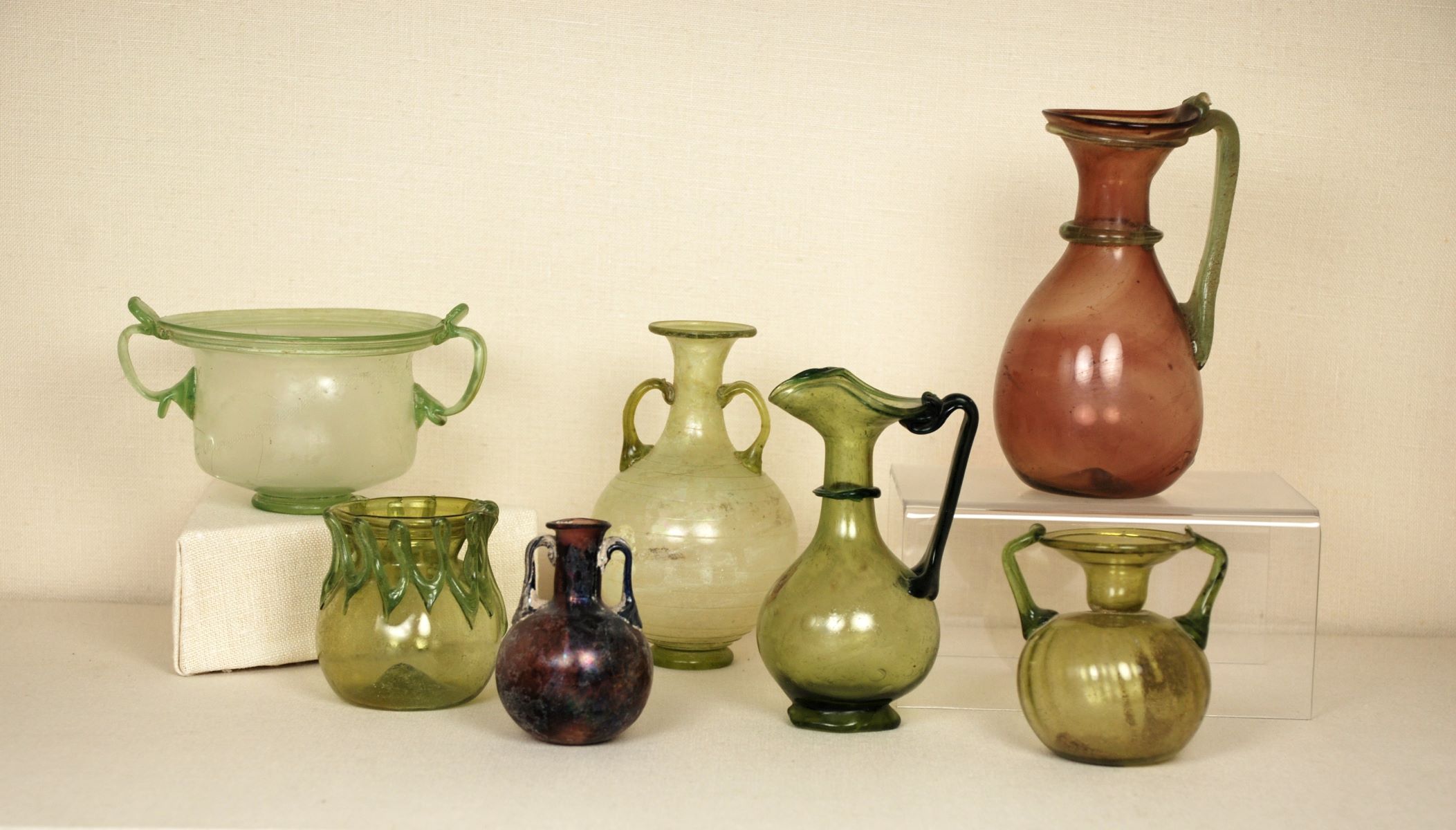
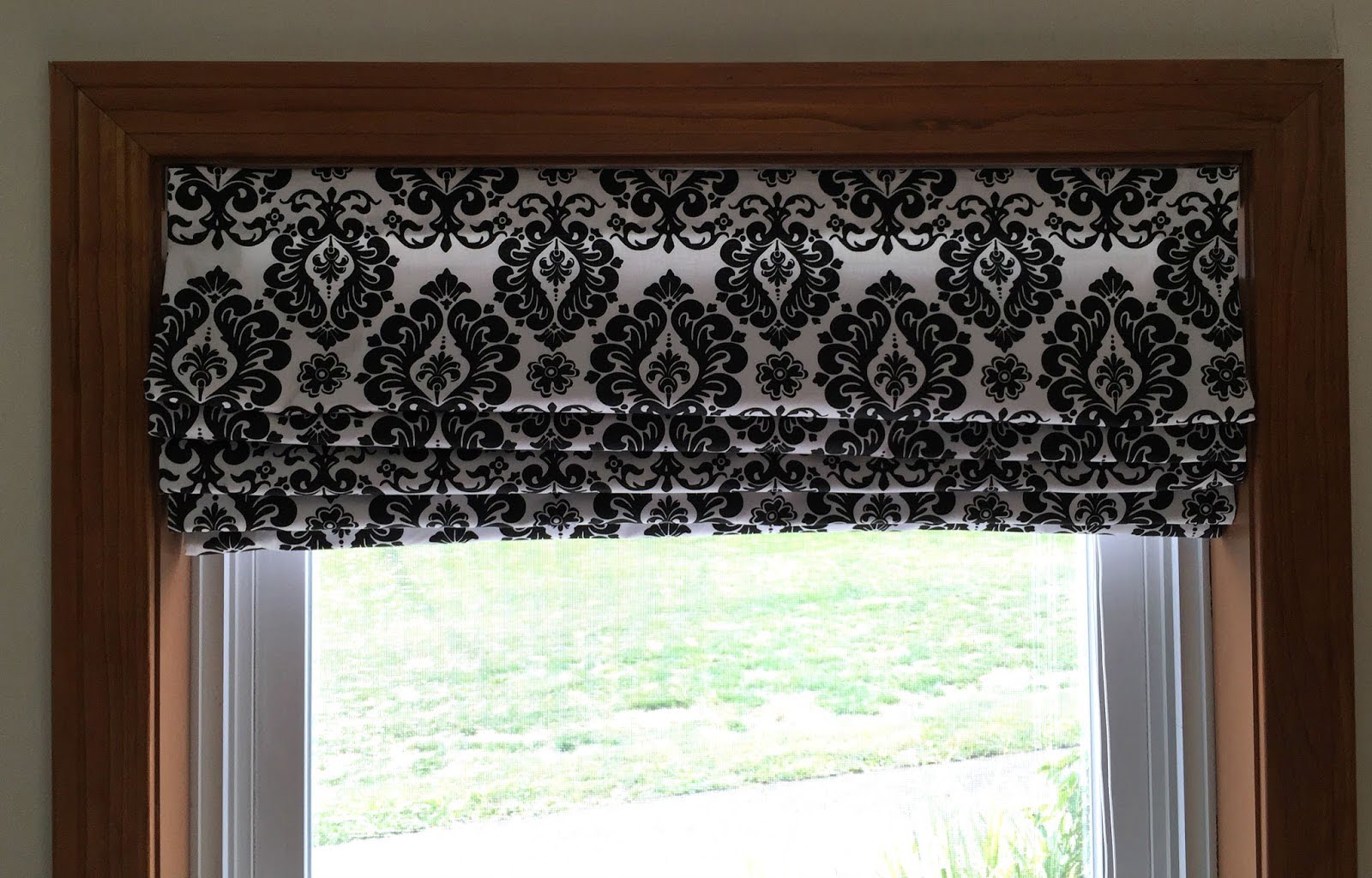

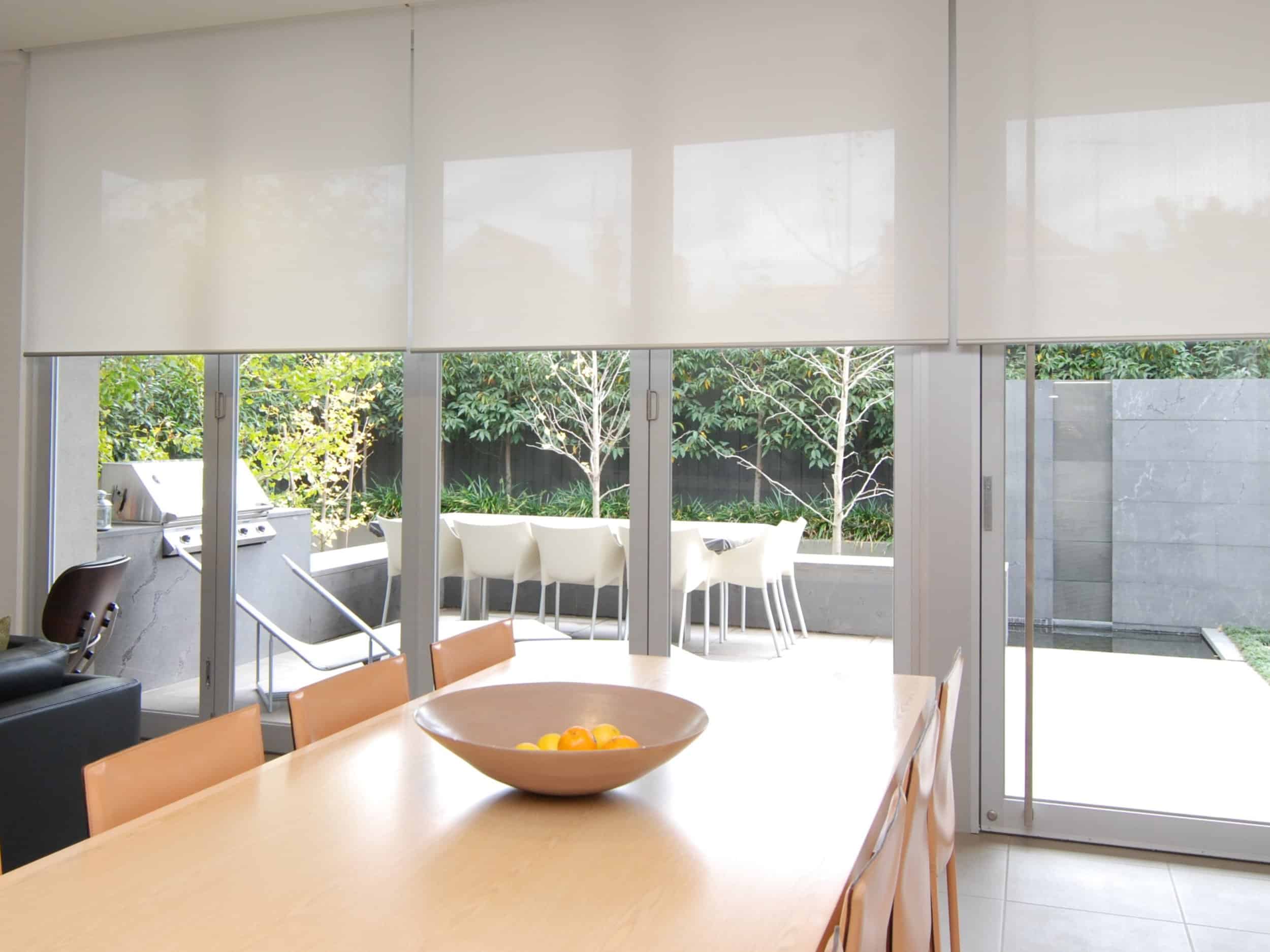
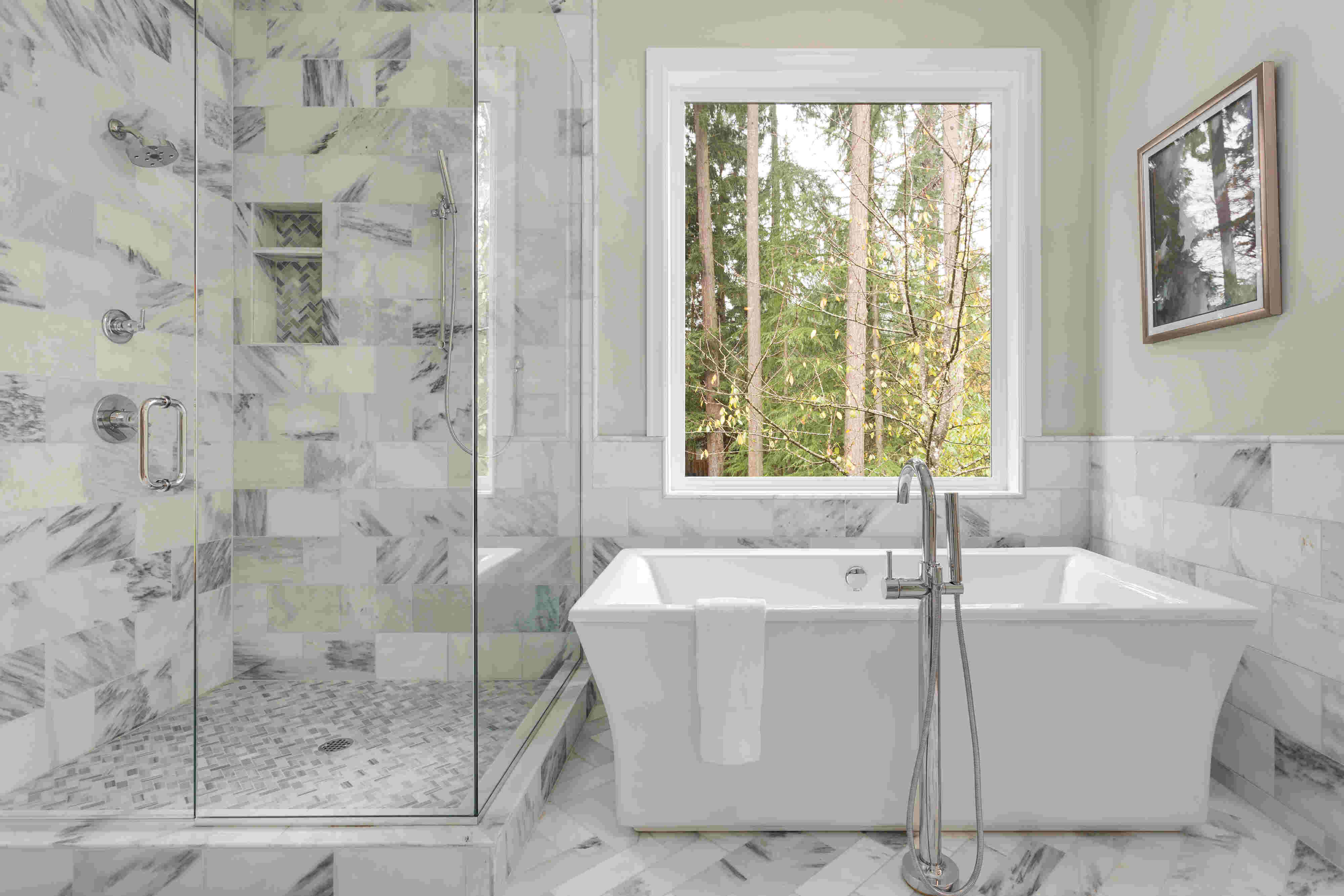

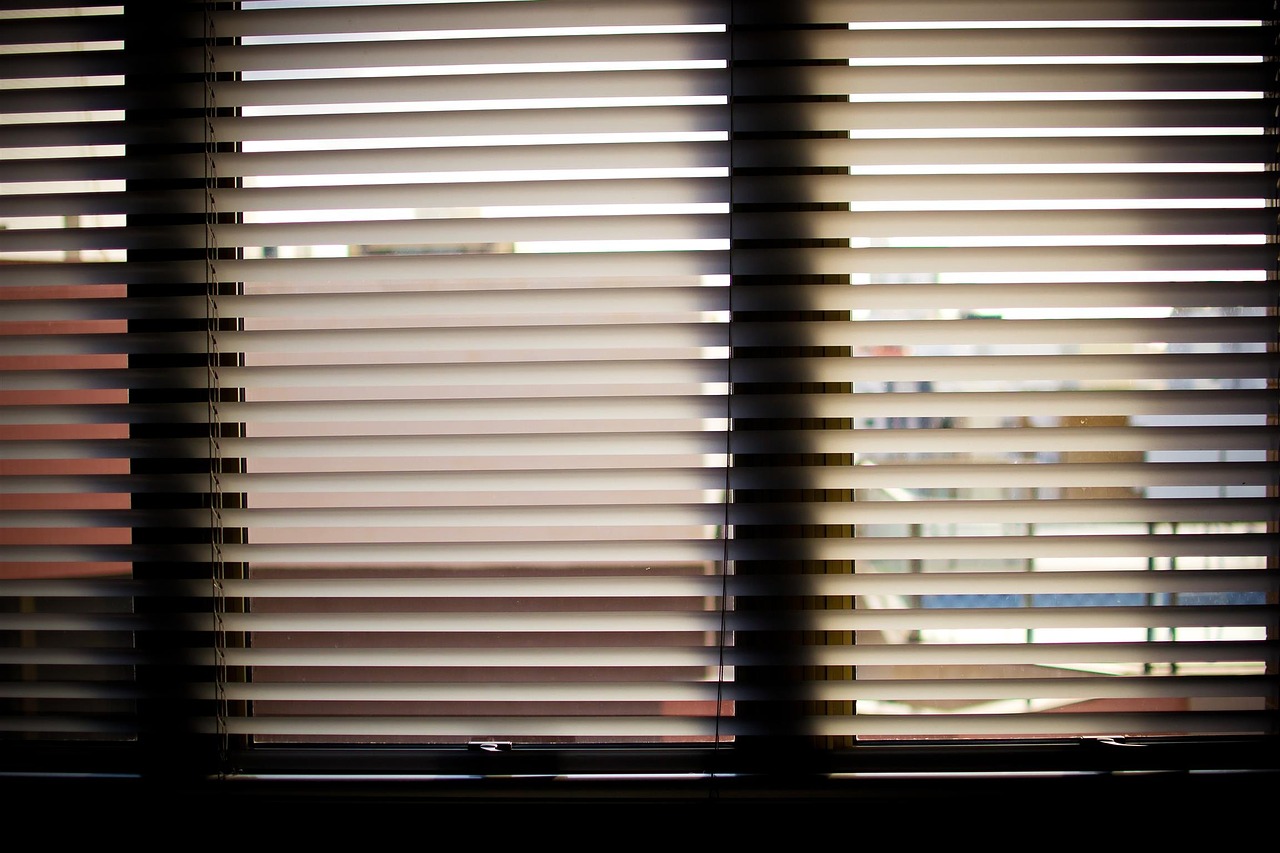
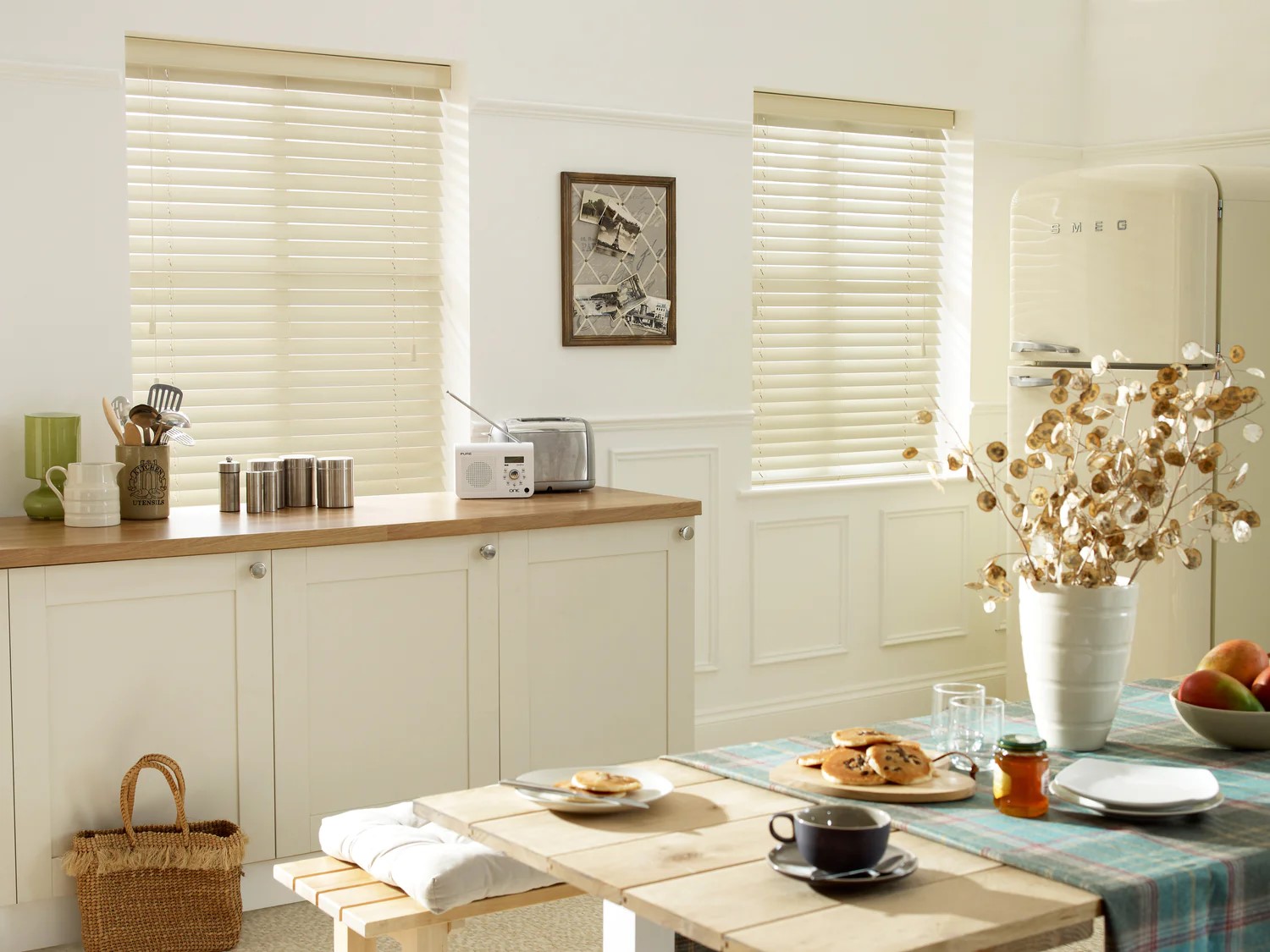
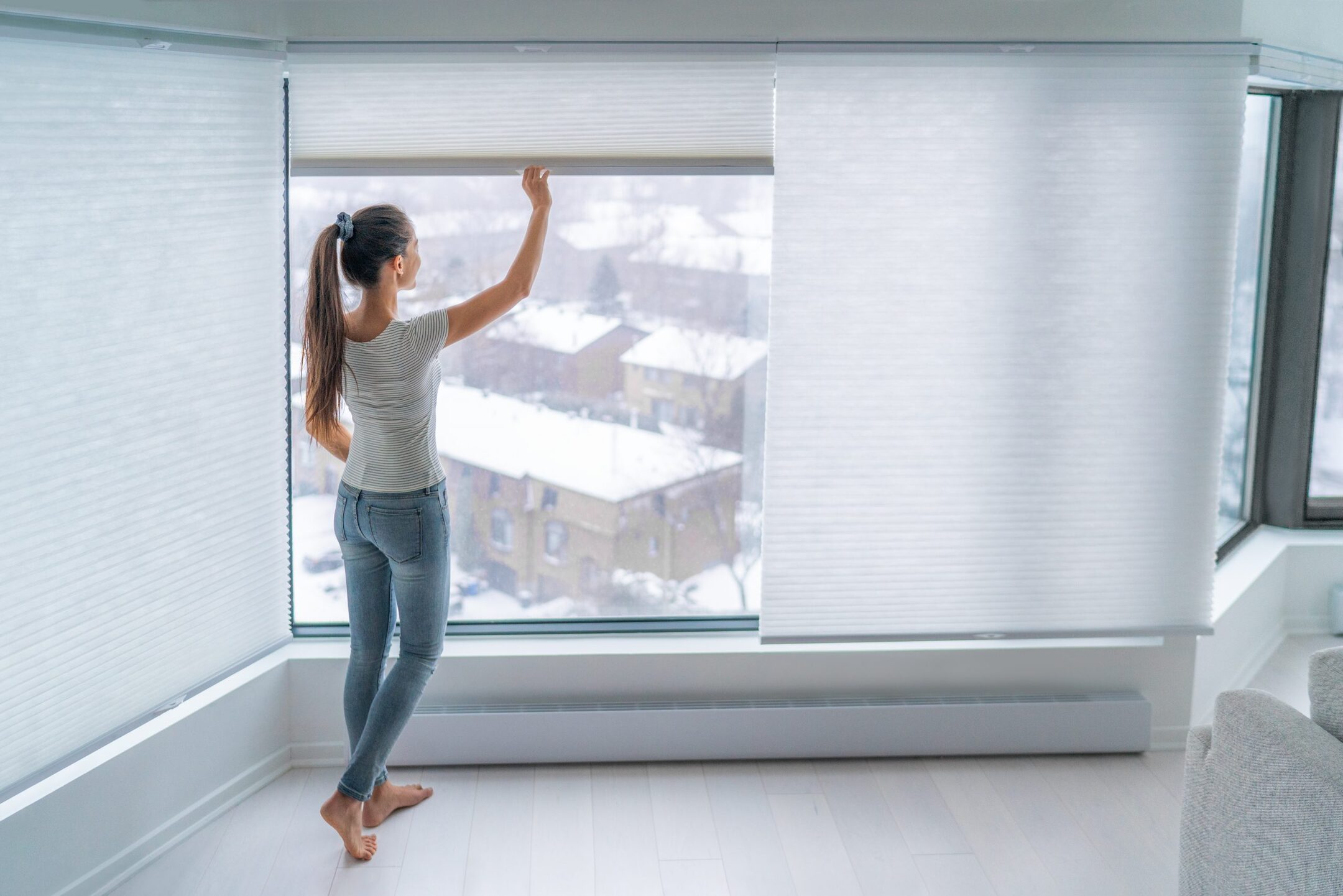
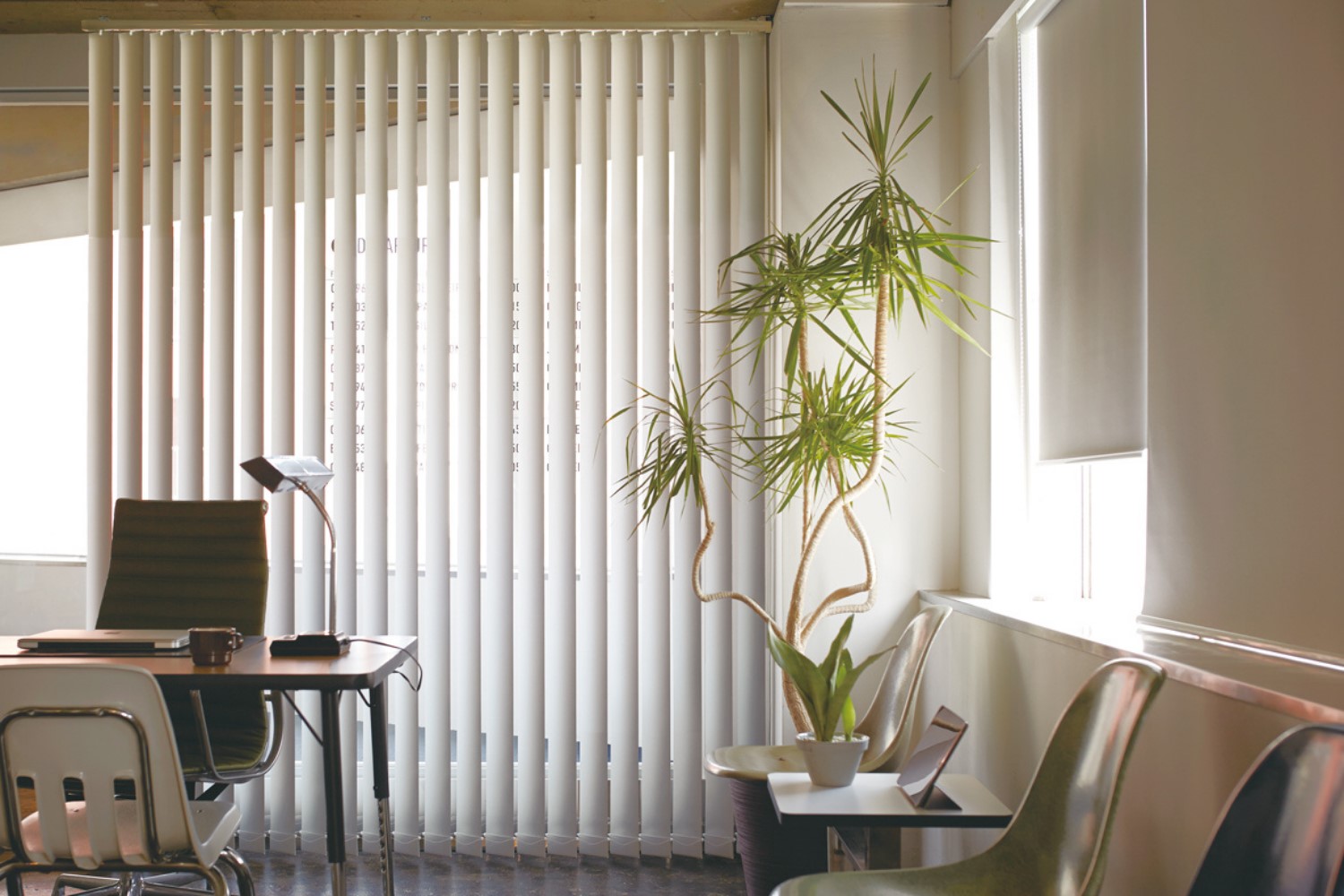
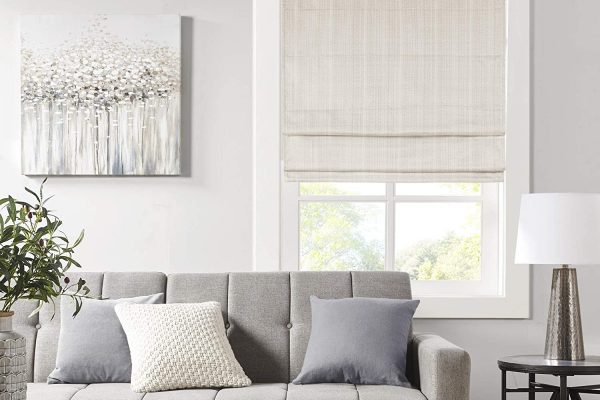

0 thoughts on “What Are Roman Blinds”